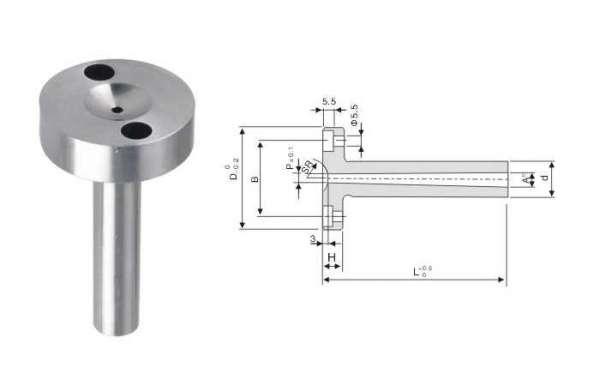- Which direction is the tool going to pull?
A Injection plastic mold part is made in a mold. There are two halves that open and close. All the product features (any details, etc.) should be in one of the two directions of the pull. If there are features in a direction other than the pull of the mold, this will complicate the tooling by requiring the addition of different types of slides — and that means a jump in tool cost. It's best to avoid this if possible. - Are there any undercuts? Are there features that will get trapped?
In the illustration below, you can see where the undercut could get caught in the tool. If your design has obvious features like that, is there a way to change it? Can it be designed without the undercut? You might like the aesthetic, but you won’t like it when your product keeps tearing up in the tool. Sometimes you can get around having undercuts by adding slides, but the mold gets more expensive. - Are the wall thicknesses consistent? Are there very thick or very thin areas?
Thick areas were typically designed that way to make the part strong. But thickness dictates cooling time, which can lend itself to areas of sink. Instead, the engineer will determine which direction the maximum force will come from; which direction needs to be stronger. Then they’ll look to see if ribs can be used to reinforce the part. Depending on the part, thicknesses are generally run 3 to 5 mm. What you don’t want to do is go abruptly from a thick to a thin wall section. The part needs to have gradual transitions. If you have a thick section, you can shell — or hollow — it out.
Those are the three easy design issues engineers look for right away. From there they might also look such things as draft angles. Simply, a draft angle is a slight taper of the sides/walls of the mold to decrease friction when you want to get the part out. Straight walls create friction. But the more draft angle you have, the easier it is to get the part out. Here’s my favorite draft angle illustration: a muffin pan. The sides of the muffin pan cups are slightly angled so muffin comes out easily.
There are plenty of other details a product engineer will look at, but those are the biggies. They’re simple things you can look over BEFORE you send your part/prototype/CAD drawings to the contract manufacturer. The process of product development can be time-consuming, but knowing simple fixes like these might just move things along a little more quickly.
We wholesale Straight ejector pin and welcome to your come and purchase!








